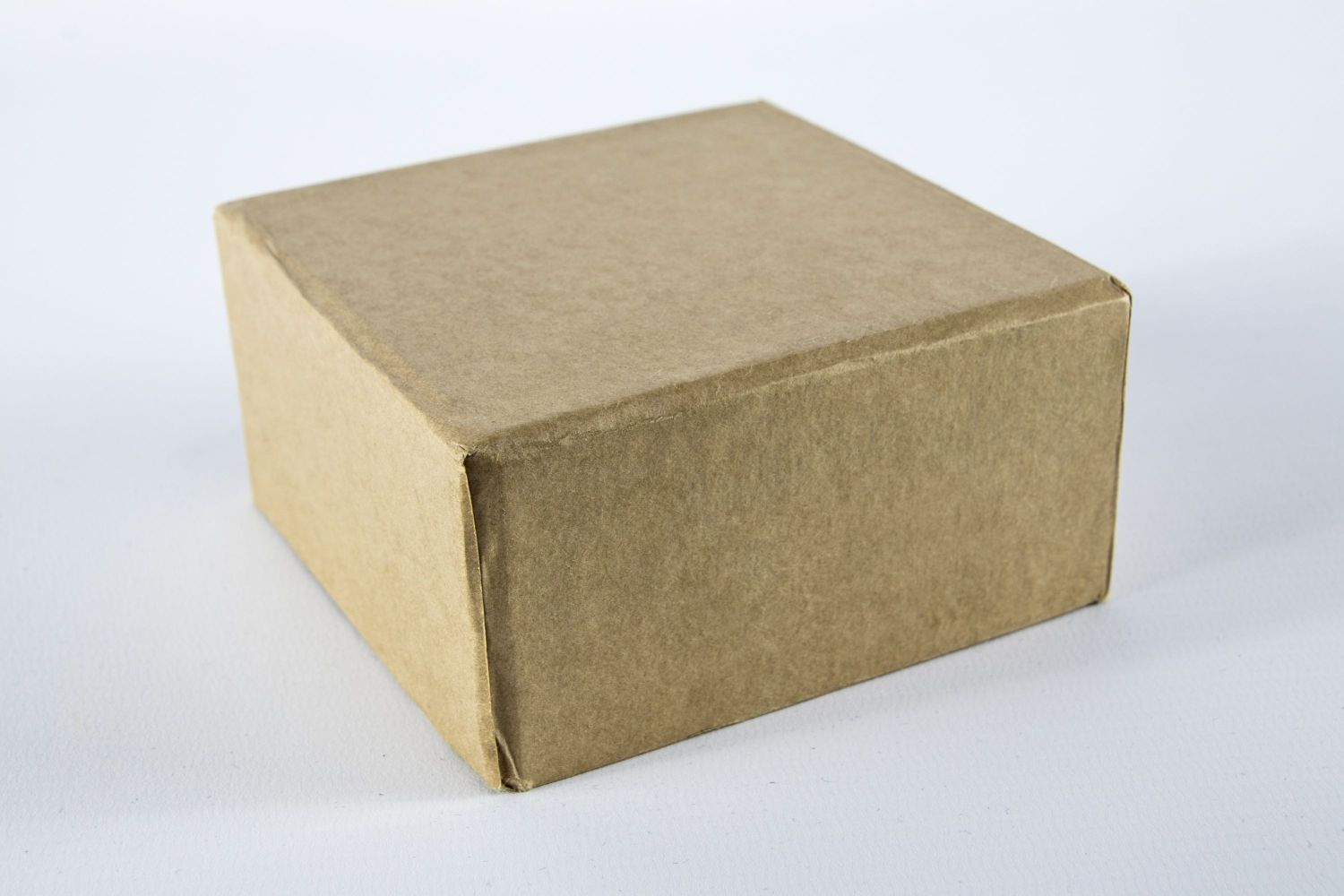Bread dough is a versatile and delicious ingredient that can be used to make a wide range of baked goods, from baguettes to croissants to pizza crusts.
But if you’re a baker who wants to take your dough on the road, you may be wondering if can you travel with bread dough and whether or not it’s possible.
In this article, I’ll reveal the factors you need to consider when traveling with bread dough, as well as offer tips for safe transport, and discuss the potential risks involved.
Can You Travel With Bread Dough – Revealed
Yes, it is possible to travel with bread dough, but before you pack up your bread dough and hit the road.
Here are 3 important factors to consider to ensure that the dough stays in good condition during transportation.
1. Length of the Journey
When it comes to traveling with bread dough, the length of your journey is a crucial factor to consider.
Whether you’re taking your dough to a friend’s house for a baking party or traveling across the country, you want to make sure your dough stays fresh and free of contaminants.
If your journey is going to be a long one, you’ll need to take some extra precautions to keep your dough in top condition.
2. Mode of Transportation
Whether you’re traveling by car or plane, there are a few things to keep in mind to preserve the quality of your dough.
If you’re traveling by car, it’s always a good idea to plan ahead and make sure you have a designated spot to store your dough.
Keeping it in a cool, dry place away from direct sunlight will help maintain the consistency of your dough.
If you have a long drive ahead, consider using a cooler or insulated bag to regulate the temperature and protect your dough from any bumps along the road.

On the other hand, if you’re flying, it’s important to take extra precautions to protect your dough from changes in temperature and pressure.
3. Temperature and Humidity Conditions
Bread dough is a living, breathing thing, and as such, it is quite sensitive to changes in its environment.
When you’re traveling with bread dough, it’s essential to ensure that it is kept at a consistent temperature and humidity level.

You want to aim for a temperature range of 65-75°F and a humidity level of around 60-70%. If it gets too hot (over 75°F), your dough will overproof and end up tasting sour or flat.
But if it gets too cold (below 65°F), the fermentation process slows down, and you’ll end up with a lackluster loaf.
To keep things in check, you can use a thermometer and a hygrometer to monitor the temperature and humidity.
That way, you’ll know exactly what you’re dealing with and can make adjustments as needed.
How to Travel With Bread Dough – Tips and Tricks
To help ensure that your bread dough arrives at its destination safe and sound, follow these tips for traveling with bread dough:
1. Package the Dough Properly
The first step in traveling with bread dough is to package it properly. The goal is to prevent the dough from sticking to the packaging or drying out during transit.

To do this, wrap your dough tightly in plastic wrap or parchment paper. This will help to create a protective barrier around the dough and prevent it from sticking to the packaging.
Make sure to wrap the dough as tightly as possible, without squeezing it too much. You want to ensure that there’s enough air circulation around the dough, but not so much that it dries out.
Once you’ve wrapped your dough, it’s time to place it in an airtight container or plastic bag. This will help to seal in the freshness and prevent any air from getting to the dough.
Air exposure can cause the dough to dry out or form a crust, which can ruin the texture and flavor of your bread.
When choosing an airtight container, make sure it’s the right size for your dough.
You don’t want the container to be too big, as this can allow the dough to move around and potentially get damaged during transit.
Choose a container that’s just the right size for your dough, with a little bit of extra space to allow for some expansion.
2. Choose the Right Transportation Method
The next step is to choose the right mode of transportation. If possible, choose a method of transportation that allows you to control the temperature and humidity levels.
If you have access to a car, it’s an excellent choice for transporting dough. You can adjust the temperature and make sure it doesn’t get too warm or too cold.
This will help preserve the quality and consistency of the dough, ensuring it’s perfect for baking.
However, if you’re flying, it’s a bit trickier. When traveling by air, checked luggage is often subjected to colder temperatures and higher pressure, which can damage the dough.
So, it’s recommended to pack your dough in your carry-on luggage. This way, you can keep an eye on it and make sure it stays at the right temperature.
3. Time Your Journey Carefully
Timing is important when traveling with bread dough. You want to make sure that your dough doesn’t spend too much time in extreme heat or cold, as this can affect its quality.

So, if you’re planning a trip during the summer months, it’s a good idea to consider traveling at night or early in the morning when temperatures are cooler.
This will help to keep your dough at the right temperature and prevent it from getting too warm or cold during transit.
Remember, your bread dough is like a little living organism, and it needs to be treated with care in order to get the best results.
By timing your journey carefully, you can ensure that your dough arrives at its destination in good condition, ready to be baked into delicious bread.
4. Freeze the Dough
If you’re traveling a long distance, consider freezing the dough before you leave.
Freezing the dough can slow down the process of bacteria growth, and this helps preserve the quality of the dough.
It’s important to note that the dough should be frozen as soon as possible after it’s made to prevent spoilage.
When it’s time to use the dough, it’s important to thaw it completely before using it. The best way to thaw dough is by placing it in the refrigerator overnight or at room temperature for a few hours.
It’s essential to allow the dough to thaw slowly to ensure it retains its original texture and taste.
Quick thawing techniques such as microwaving the dough may alter the quality and texture of the dough, making it less enjoyable to use.
5 Risks of Traveling With Bread Dough
While traveling with bread dough is possible, there are some risks involved that you should be aware of:
- Spoilage: Bread dough is highly perishable and can spoil quickly if not stored at the right temperature. If you’re traveling with bread dough, it’s important to keep it in a cool, dry place to prevent spoilage.
- Leaking: If the dough is not properly sealed or stored, it can leak and create a mess. This can be especially problematic if you’re traveling with other items that can be damaged by the dough.
- Overproofing: If the dough is left to rise for too long during travel, it can become over-proofed, which can result in a dense and unappetizing loaf of bread.
- Compression: If the dough is packed tightly or compressed during travel, it can lose its shape and texture. This can also impact the final outcome of the bread.
- Security issues: Depending on the mode of transportation and the destination, there may be security concerns related to traveling with bread dough. For example, airport security may confiscate the dough if it’s deemed a potential security risk.
Can You Travel With Bread Dough – Conclusion
In conclusion, traveling with bread dough is possible, but it requires careful planning and attention to detail.
Before you hit the road with your dough, consider the length of the journey, the mode of transportation, and the temperature and humidity conditions you’ll encounter.
To minimize the risks of spoilage, contamination, and damage to the dough, be sure to package it properly, choose the right transportation method, time your journey carefully, and freeze the dough if necessary.
Ultimately, whether or not you should travel with bread dough depends on your individual circumstances and the level of risk you’re willing to take.
If you’re a professional baker traveling to a competition or event, for example, it may be worth the effort to transport your dough safely.
But if you’re just looking to make some bread while on vacation, it may be easier to purchase the ingredients at your destination.
Regardless of your decision, be sure to weigh the risks and benefits carefully, and take all necessary precautions to keep your bread dough fresh and safe during transport.

